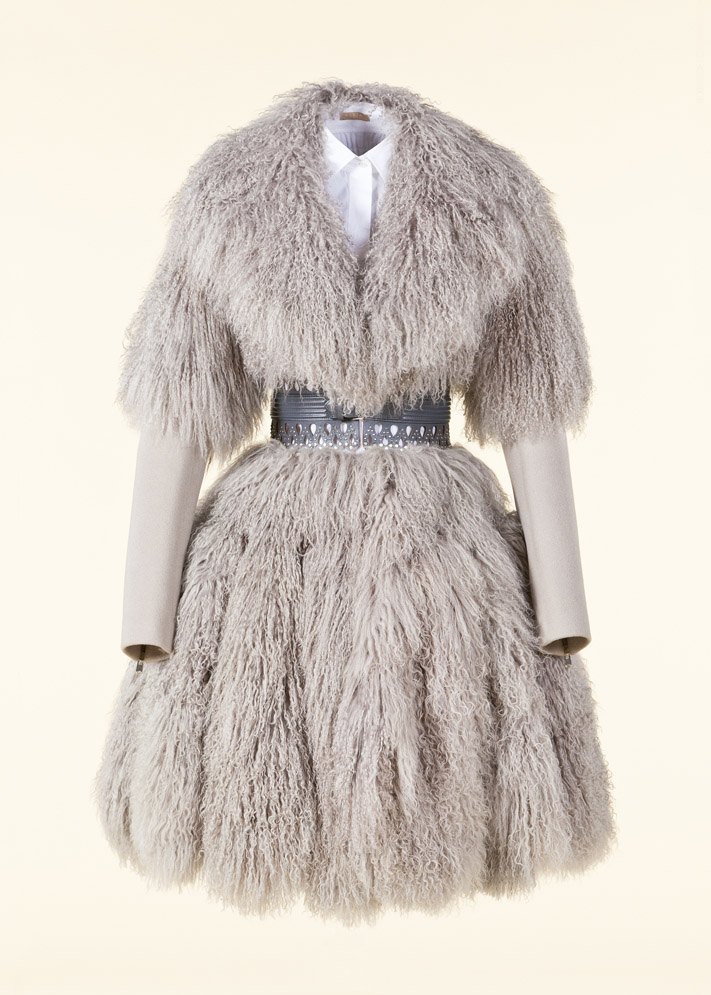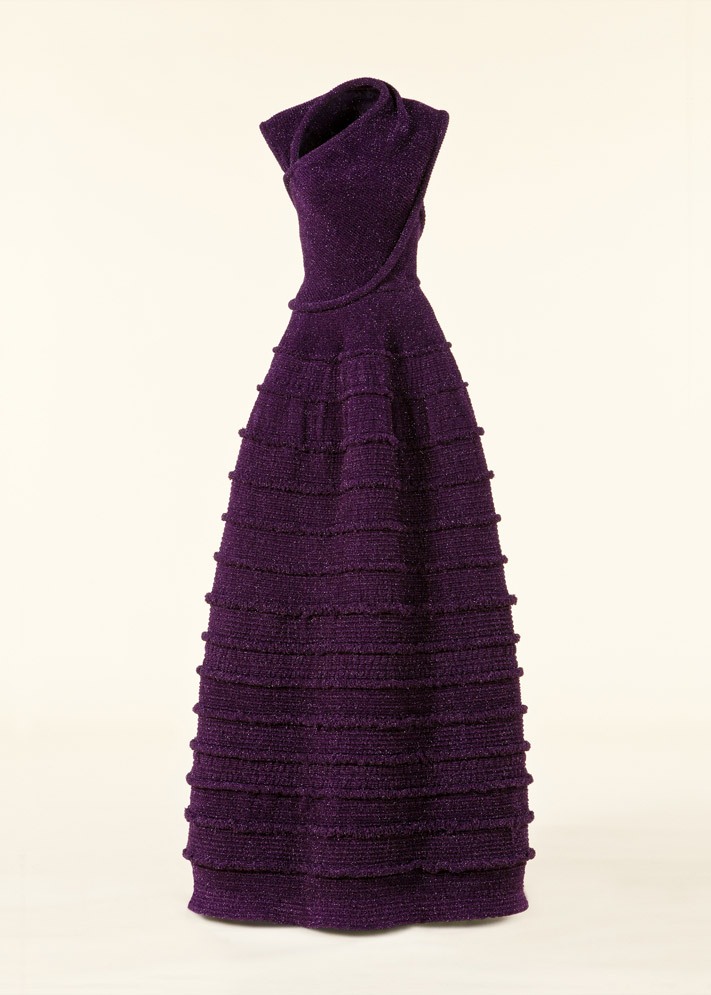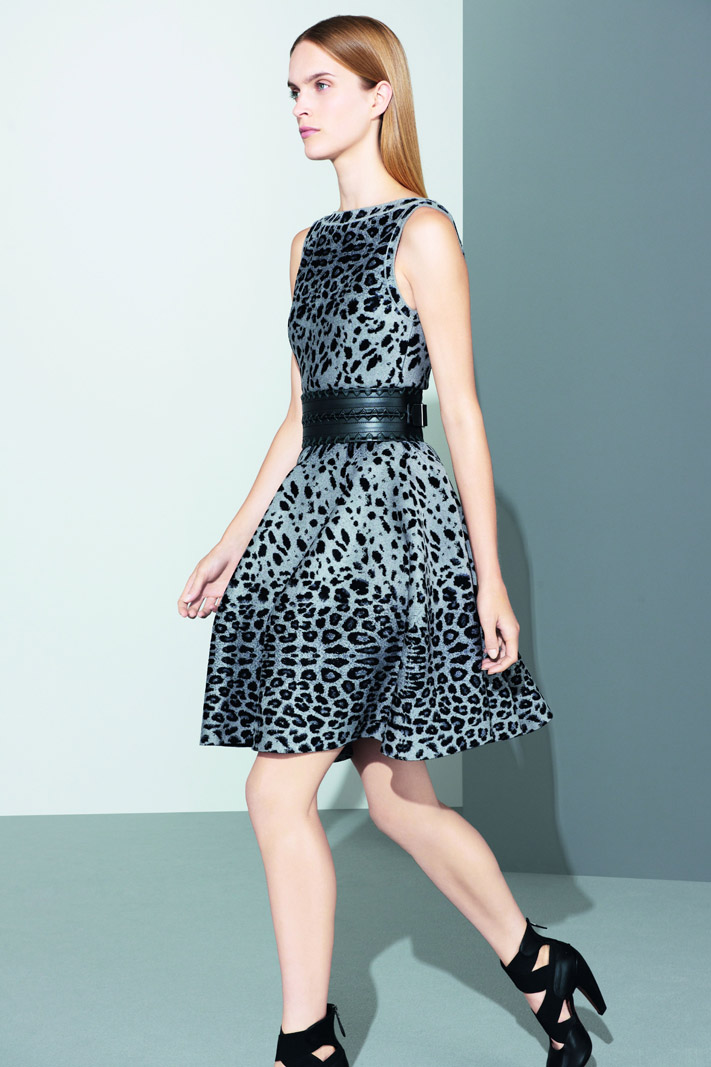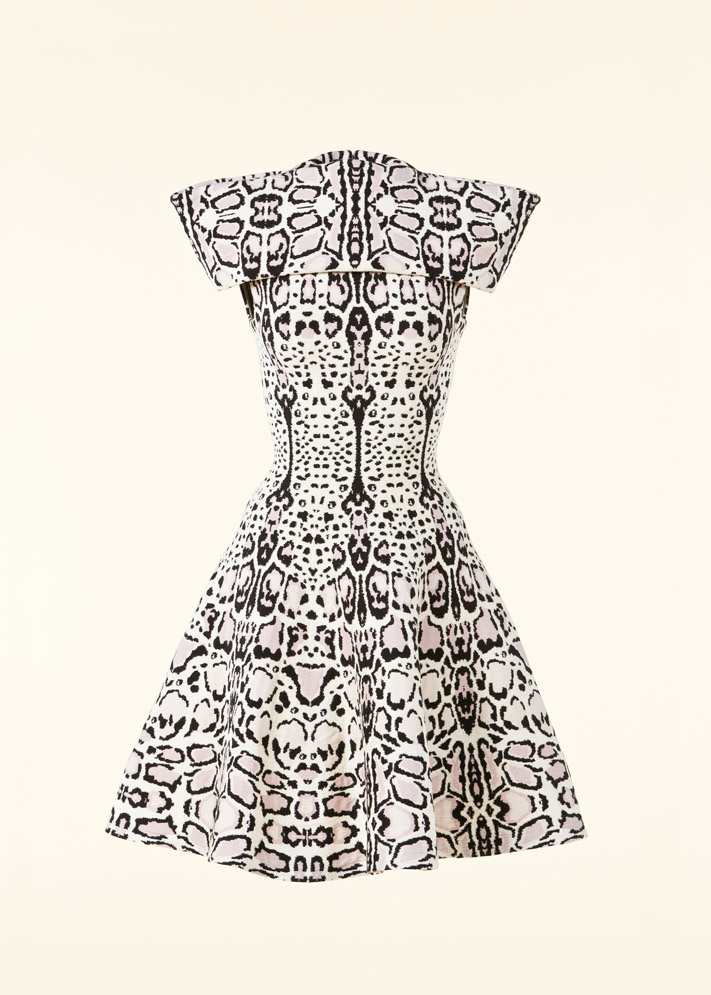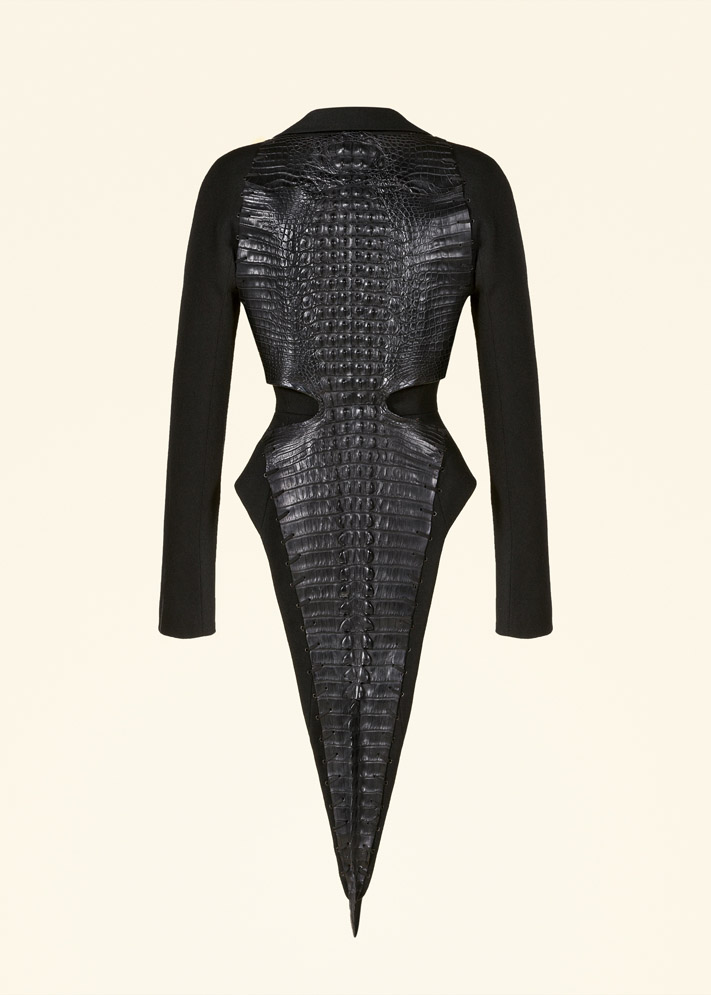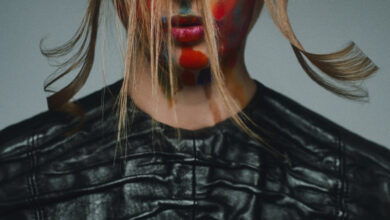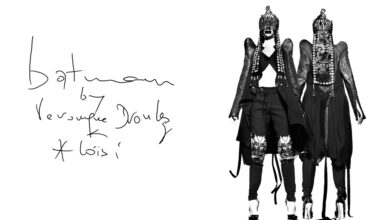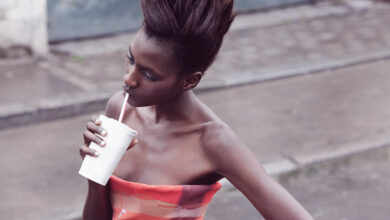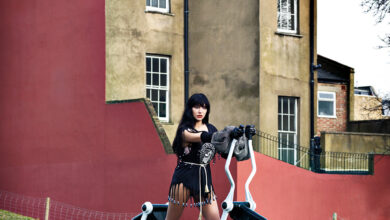AZZEDINE ALAIA IN THE 21ST CENTURY
A Precisely Cut Vision for the Future: Mark Wilson, curator of a new exhibition dedicated to Azzedine Alaïa, talks to Zoot Magazine about the last major couturiers still active.
Text by Anna Battista
You don’t need to be a fashion expert to realise that Azzedine Alaïa is one of the last major couturiers still active today. There is indeed something that goes beyond his passion for materials, strong silhouettes and sculptural body-conscious and form-fitting shapes spelling glamour, sensuality and self-confidence, and that can be summarised with one simple word, timelessness.
Watch a clip of an Alaïa catwalk show from 20-25 years ago and you will realise that the pieces on the runway are extremely contemporary, as if they had been designed today.
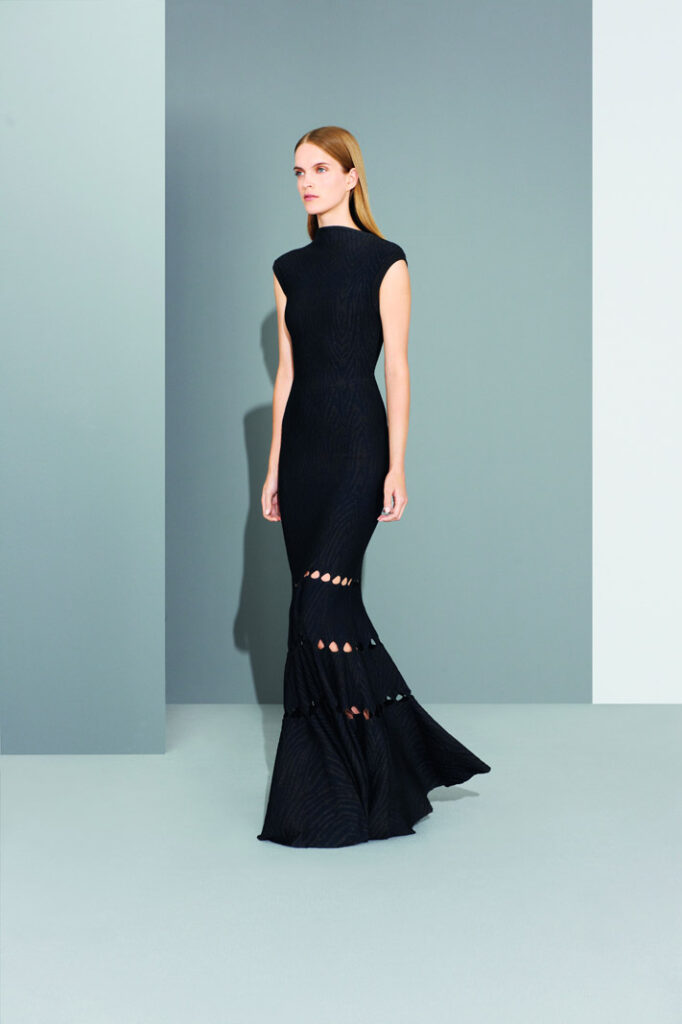
It’s easy to understand then why the Groninger Museum decided to dedicate a new exhibition to the Tunisian-born designer and body architect known for his work and for openly criticising the business logic of the fashion industry and its breakneck pace.
Entitled “Azzedine Alaïa in the 21st Century” and curated by Mark Wilson in collaboration with Alaïa himself, the event is almost a follow up to the 1998 show that took place at the same museum and then moved to New York’s Brant Foundation in 2002. In a way this is almost a symbolic choice: five months ago Azzedine Alaïa presented in Paris his Autumn/Winter 2011-12 couture collection with his first show after eight years, while this exhibition marks the return of his work to a museum space after ten years.
The event will be unmissable for any genuine Alaïa fan, but it will also be very interesting for students and researchers who would like to develop further their works on the physicality of fashion.
The exhibition space will indeed be divided in different rooms, each dedicated to a material. Visitors will therefore explore all the possibilities cotton, animal skin or wool offered to the designer (by the way, Alaïa worked with the same Italian mill for thirty years, and there will be quite a few designs to discover in the spaces dedicated to knitwear).
The event, that will also include pieces from the A/W 2011-12 couture collection, will introduce visitors to latticed velvet, smooth woollen textures, dense fur, diamond-like patterns integrated into the fabrics and sinuous seams and zips tracing the contours of the body.
“Azzedine Alaïa in the 21st Century” shows that, while the creations of this designer may be ageless, it also takes quite a long time to be able to reach such flawless levels and be considered truly timeless and that, if the fashion industry would slow down a bit, the creativity of many designers out there would definitely benefit.
Zoot Magazine: In which way is this exhibition a follow up to the one organised at the Groninger Museum in 1998 and at the Brant Foundation in New York in 2002?
Mark Wilson: The departure point for this event is 2002, after we did the show in New York together. I’ve always thought that the whole point for an artist is to look back a bit in order to look forward, and I guess that’s why Azzedine agreed to do this new exhibition. The show features the work from the new century and, instead of doing it by collection, we are presenting it by material. It seemed like the right choice since Azzedine is constantly going back to materials and working on them. He says the material is very important to him since it dictates him what he can do.
Z: Can you take us through a virtual tour of the exhibition?
MW: There will be around 65 designs, the earliest going back to 2002 as I said, and we will also have pieces from the Autumn/Winter 2011-12 couture collection. The exhibition takes around ten rooms: the first one is dedicated to velvet with six long dresses; the next room focuses on fur and fur coats, then we move onto white cotton pieces from various seasons. The next room is all animal, both prints and skins, since Azzedine loves them; then we move gradually onto black leather, chiffon and knitwear. The latter is extremely important since, because of the way Azzedine is able to manipulate the designs, it doesn’t even look like knitwear. The exhibition closes with Spanish inspired dresses from the latest couture collection and with black wool.
Z: What fascinates you about Alaïa, the way he designs or constructs his creations, his patterns, silhouettes or use of materials?
MW: I consider Alaïa a sculptor. He is a fashion designer, but for the way he works with and on the body and the way he does it all by himself, drawing and cutting patterns, he is not only a sculptor, but probably also the last designer working in this way. This is the reason why we are showing him in an art museum.
Z: What did you learn while researching for this exhibition?
MW: Well, I have a wonderful story for you: Alaïa and I made the selection together and then everything was sent away because he insisted on having all the designs recut and refit so that they would fit the mannequins perfectly, that happened also for the previous exhibition. He has an atelier, but he pretty much did all this recutting and refitting by himself. He also developed his own mannequins out of plexiglass and they actually fit the exact cut of all the clothes, so you don’t actually see any mannequins while looking at the designs. I was there last Thursday because we were sending over about two thirds of the clothes and he was packing and wrapping them himself. He loves to do all this and I know people wouldn’t believe it, but that’s actually true and that’s the extent he will go through to make sure that everything is simply flawless.
Z: What is the cultural significance of a designer such as Azzedine Alaïa in the history of contemporary fashion?
MW: Alaïa is unique, as I said there is nobody who works like him at the moment. What’s interesting about Azzedine – and I know from doing with him also the previous show – is that he is timeless. What he creates could have been done yesterday or it could be done today or tomorrow, it is really difficult to place his work in a specific season. I find this really unusual because, a lot of times, creations by other designers look dated.
Z: According to you, what will be the most inspiring thing for the visitors of this exhibition?
MW: When you see a catwalk show you miss a lot of details, but a fashion exhibition is the perfect opportunity to catch all those details you wouldn’t be able to see at a show. In this case visitors will be able to see all the work Alaïa put into each design, the perfection of the cut and of the fit.
Z: Is there one piece from this selection that you particularly like?
MW: There is an entire room that is my favourite one and that’s the animal room. It is actually a great space since it allows the visitors to see a lot of variations on the same theme and people will really get the point of his work there.
Z: Will there be any interactive displays about Alaïa’s work?
MW: The clothing is the real protagonist of the show, and while we will have special activities like guided tours of the exhibition, we would like to keep the event simple, so we will probably have some videos of his shows like his latest haute couture collection in the museum auditorium.
Z: Are there any plans to take the exhibition to other countries?
MW: That’s up to Azzedine! If he wants to do it somewhere else I’m there with him, but it’s entirely up to him.
“Azzedine Alaïa in the 21st Century”, 11th December 2011 – 6th May 2012, Groninger Museum, Groninger, The Netherlands.
All images ©Azzedine Alaïa



